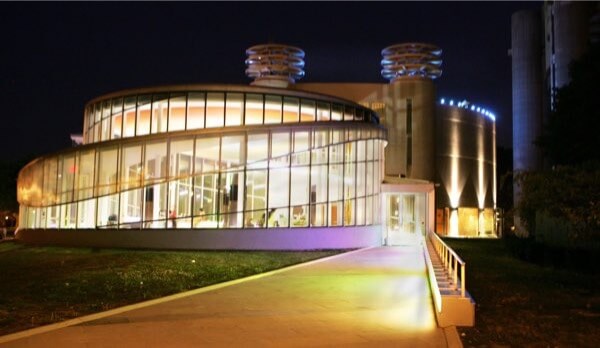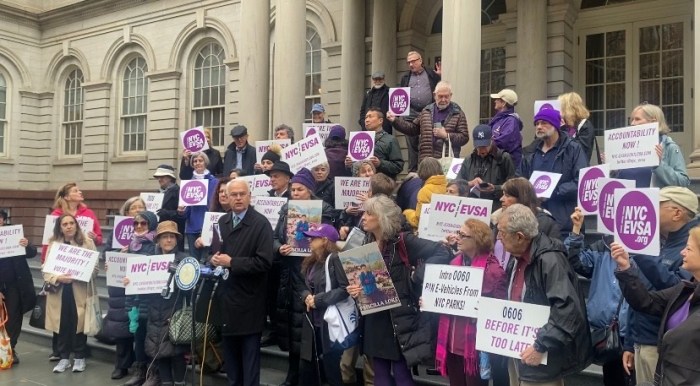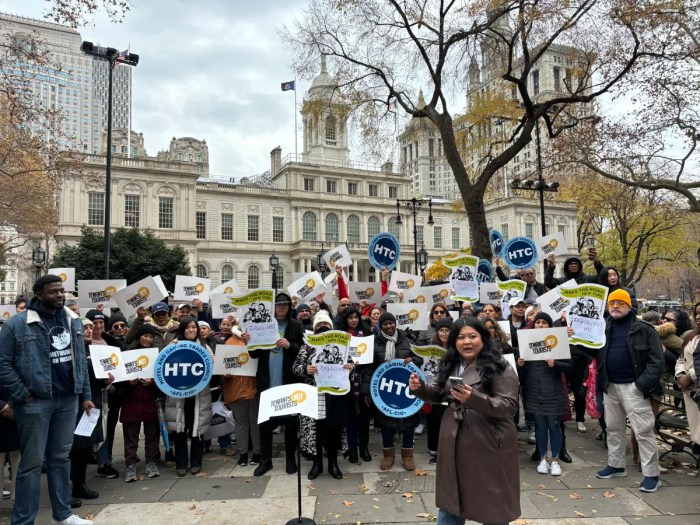By Patrick Donachie
Capital construction projects for libraries and other cultural institutions often rack up outsized financial and time investments, according to a new analysis from the Center for an Urban Future.
The center worked with the Citizens Budget Commission to analyze timelines and costs for 144 library and cultural projects completed between 2010 and 2014 for the report that was released Monday. The report cited the design, approval process and construction of the renovations, and expansions at the Queens Museum and the Queens Theatre in the Park as examples of the challenges facing the city when working to improve such institutions.
“At a time when the city appears to be heading into a period of diminishing tax revenues and reduced federal funding, it will be more important than ever for New York policy makers to ensure that the city’s capital funds are stretched as far as possible,” the report read. “That hasn’t been the case with respect to the city’s capital programs for libraries and cultural organizations.”
The analysis found that construction projects handled by the city’s Department of Design and Construction typically take longer and are more expensive than projects either handled in-house by the institutions or by other agencies. The report found that 17 of the projects between 2010 and 2014 took more than seven years to complete.
The median construction cost for DDC projects was notably high, at $930 per square foot, in comparison to between $425 and $500 per square foot for office building space. In contrast, the center found that the six new public library branches completed by the libraries themselves since 2005 had an average cost of $523 per square foot, in contrast with an $883 per square foot average cost for projects run by the DDC.
New construction projects, on average, took the longest time to complete, according to the analysis, but simpler renovations did not always fare much better. The median “mechanical system upgrade,” which the center defined as including the replacement and installation of fire alarms, boilers and heating/cooling systems, was slightly more than four years before completion.
The center found a significant reason for such delays was the approvals process, which can last years before construction commences. Construction projects spend, on average, almost a year waiting for Certificates to Proceed to be approved from the city’s Office of Management and Budget. The center also found a lack of communication among the varying oversight agencies that could lead to delays.
The report concludes with 12 recommendations for ways to improve the process, including a task force that could reform the construction process, simplifying the design review process at the DDC, and expanding the use of self-managed projects, among other ideas.
Reach reporter Patrick Donachie by e-mail at pdona





































